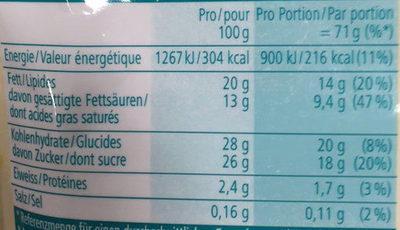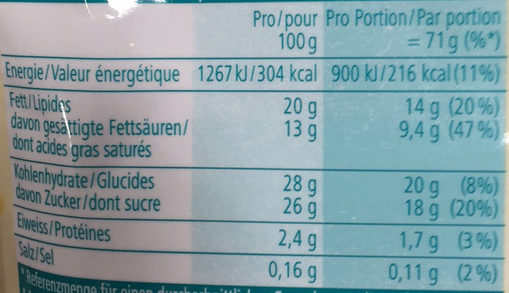My Ice Cream : Vanilla Flavour - Dr.Oetker - 85 g
This product page is not complete. You can help to complete it by editing it and adding more data from the photos we have, or by taking more photos using the app for Android or iPhone/iPad. Thank you!
×
Barcode: 7610089368910 (EAN / EAN-13)
Quantity: 85 g
Brands: Dr.Oetker
Categories: Cooking helpers, Dessert mixes, Mixes for dessert creams
Manufacturing or processing places: Hungary
Countries where sold: Switzerland
Matching with your preferences
Report a problem
Data sources
Product added on by openfood-ch-import
Last edit of product page on by torredibabele.
If the data is incomplete or incorrect, you can complete or correct it by editing this page.










